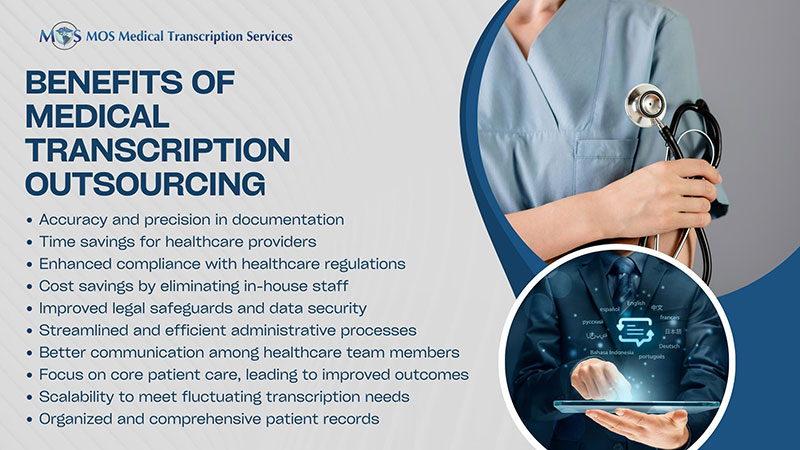 Technology is taking over all areas of the healthcare industry with hospitals, ambulatory surgery centers, clinics, laboratories and other health settings along with their support service providers such as medical transcription outsourcing companies adopting the latest technology offerings to improve efficiency and stay competitive. Advancements in the medical industry has allowed physicians to diagnose and treat patients efficiently and save countless lives.
Technology is taking over all areas of the healthcare industry with hospitals, ambulatory surgery centers, clinics, laboratories and other health settings along with their support service providers such as medical transcription outsourcing companies adopting the latest technology offerings to improve efficiency and stay competitive. Advancements in the medical industry has allowed physicians to diagnose and treat patients efficiently and save countless lives.
Just like the advances in medical treatment provided to patients, technology has also changed the traditional method of medical transcription. Today, EHR systems are being implemented in all health settings to document patient encounters. They use HL7 interface which provides the framework for integrating, sharing and retrieval of EHR. It also provides an encrypted and secure means of transferring files.
All medical specialties have merited from technological development in medical transcription, and plastic and reconstructive surgery is among the most challenging specialties. This is mainly because of the various procedures and diverse approaches involved. Surgeons are involved in highly complex processes, therefore the documentation of these is also complex. Most surgeons therefore prefer to dictate their notes and outsource the documentation part to medical transcription service providers. This is with a view to obtaining the most relevant and meaningful transcripts, which will help them in fulfilling their responsibilities better. They try to make the best use of both models, combining medical transcription service and EHR systems.
Advancements in Surgical Technology and Increasingly Complex Documentation
Archaeologists believe that people have been carrying out surgeries for more than 11,000 years. Surgeries such as cranial surgery or trephination which involved drilling a hole in the skull, was performed to treat fractures, headaches and infections. Medical journals such as the New England Journal of Medicine carry information regarding many gruesome procedures that were performed in earlier days. The technological advancement in the medical field has introduced minimally invasive surgeries that makes even heart transplant an easy task.
Minimally invasive procedures involve small incisions and less scarring. This assures low risk of infections, less hospital stays and quick recovery. The first minimally invasive procedure, laparoscopic surgery was performed to remove gallbladder in 1987. Similarly, many minimally invasive procedures are now available for plastic surgery treatments also.
Another example of minimally invasive surgery is robotic surgery that allows doctors to perform many types of complex procedures with more precision, flexibility and control. The first robotic surgery was performed in the year 2000.
The electrosurgical knife is yet another invention that can detect precisely which tissue needs to be removed and which should stay. This method was introduced in the 1920s that helps surgeons to cut through the tissue with minimal blood loss. The first iKnife was introduced in 2013 to examine biological tissue pairing up electro surgery with mass spectrometry.
Documentation Requires Assistance of Specialists
Think of the increasingly challenging documentation with such leaps in technology, with new procedures, new terminology and new techniques and approaches. There is no doubt that the surgery specialty now requires specialists to take care of critical surgery report documentation. Surgeons including plastic and reconstructive surgeons can ideally outsource medical transcription requirements and improve the quality of patient care and can also stay assured of the quality and security of the transcripts with a reliable HIPAA-compliant medical transcription service provider.


